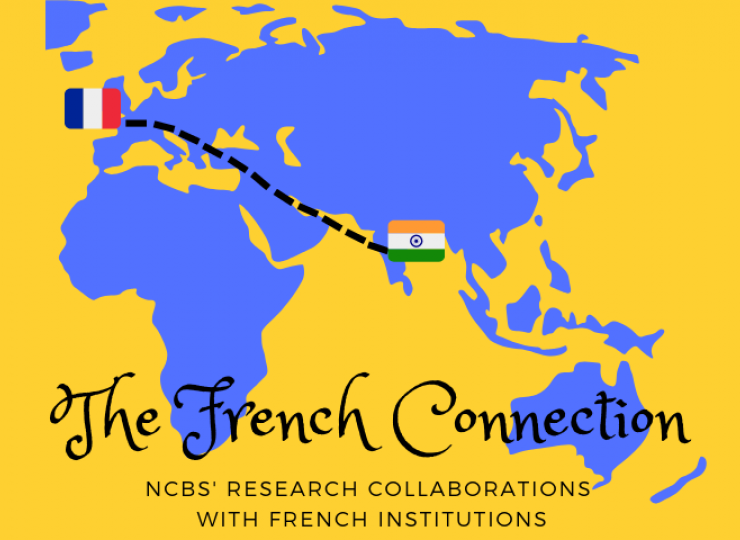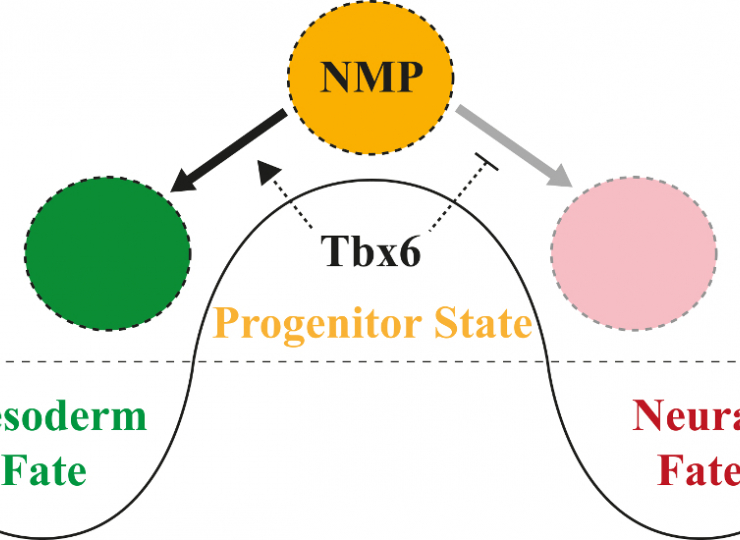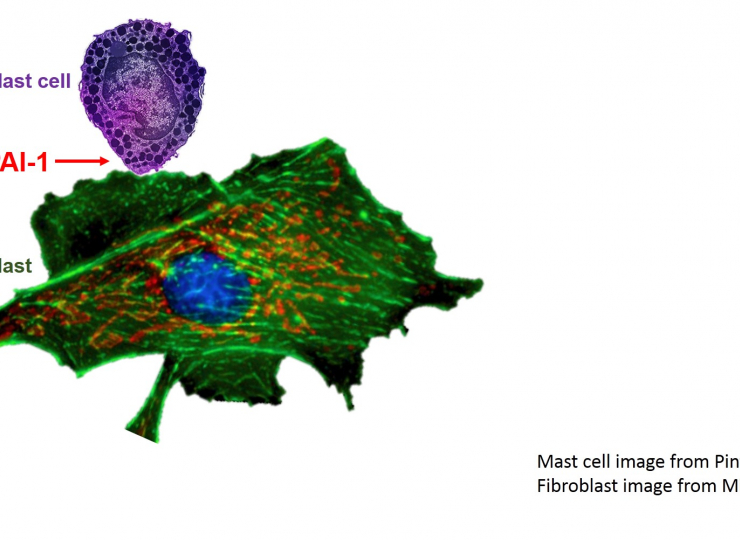On Monday, the Nobel prize for Physiology and Medicine was awarded to Sir John Gurdon, Cambridge University, UK, and Dr Shinya Yamanaka, Kyoto University, Japan. Their pioneering work in stem cell biology showed that adult, differentiated cells can be reprogrammed into becoming pluripotent (capable of forming different cell types) stem cells. Their work has allowed researchers to look beyond the use of controversial embryonic stem cells to develop patient-specific, induced pluripotent stem cells (iPS cells) for therapeutic use.
On how to clone a frog: Sir John Gurdon was the first to demonstrate that intestinal cells taken from an adult frog contained all the information required to create a whole new frog. In 1962, he replaced all the genetic information in a newly fertilized frog’s egg with that from its adult intestinal cells resulting in a living tadpole. It was a technique that would be used successfully later in cloning Dolly the sheep. Dr Gurdon’s experiment demonstrated clearly that differentiated cells could indeed change their “fates” when provided the correct means to do so.
(Read how Gurdon’s teacher dismissed his scientific ambitions: http://www.bbc.co.uk/news/health-19869673)
Reprogramming a cell: How exactly a cell reprogrammes itself was discovered 44 years later by Dr Shinya Yamanaka. Dr Yamanaka’s work on developing induced pluripotent cells (IPCs) has revolutionized the approach to stem cell biology. In 2006, he successfully demonstrated that by expressing just four genes, an adult skin cell had the capacity to be “reset” and become a pluripotent stem cell. His discovery has created vast potential in the field of regenerative medicine, generating hope for cures for millions of patients around the world.

Both the Nobel winners share warm ties with inStem and NCBS. Sir Gurdon has provided guidance and advice during the evolution of the institute and also delivered the first of the Frontier Lecture series hosted by inStem. He is also on the scientific advisory committee of inStem.
Dr Yamanaka shares an especially close link with inStem and NCBS. He is part of a major collaborative effort between inStem and labs in Japan researching induced pluripotent stem cells. Earlier this year, he was in India to speak at the Cell Press-TNQ India Distinguished Lectureship series. While visiting the campus, Dr Yamanaka spent over an hour talking about his science and interacting with students. (See link for more info on his visit to inStem/NCBS: http://news.ncbs.res.in/story/shinya-yamanaka-comes-ncbs).
For more information on the prize and the winners:
- http://www.nobelprize.org/nobel_prizes/medicine/laureates/2012/#
- http://www.bbc.co.uk/news/health-19869673
- http://www.nytimes.com/2012/10/09/health/research/cloning-and-stem-cell-discoveries-earn-nobel-prize-in-medicine.html?_r=1
- http://www.thehindu.com/todays-paper/tp-national/tp-karnataka/nobel-prize-winners-have-a-bangalore-connection/article3982989.ece
Photo Gallery:











